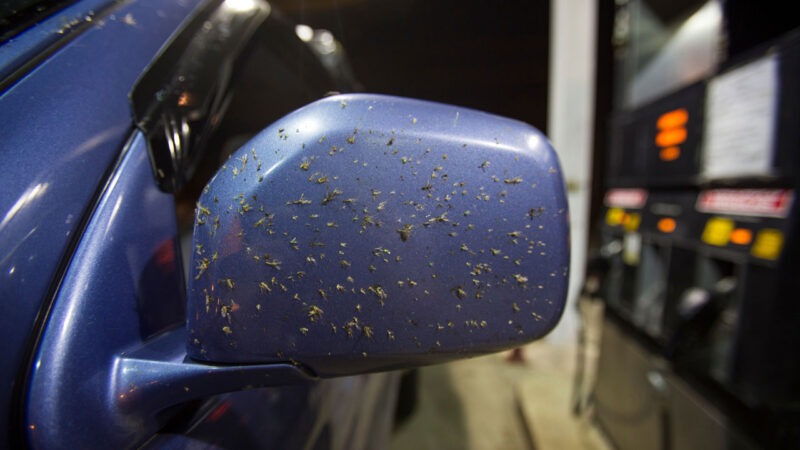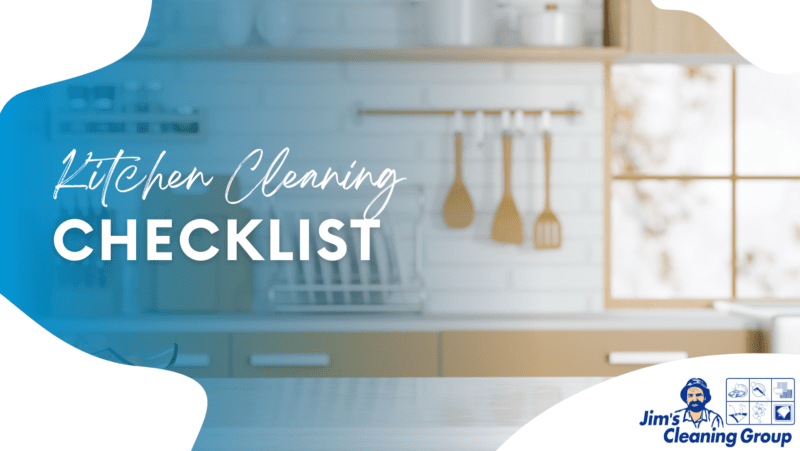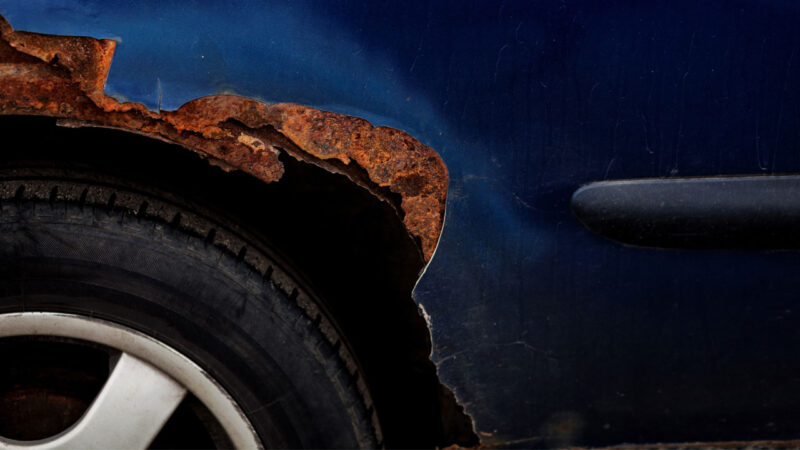Water damage can be particularly devastating to carpets, leading to mold growth, bad odors, and material degradation. Whether caused by natural disasters, plumbing failures, or appliance malfunctions, water intrusion can quickly ruin carpets if not addressed promptly. This blog will walk you through the essentials of water damage restoration for carpets and how to handle such situations effectively.
What is Water Damage Restoration for Carpets?
Water damage restoration for carpets is the process of cleaning, drying, and restoring carpets affected by water intrusion. The goal is to mitigate damage, prevent mold growth, and return the carpet to its pre-damaged condition. This process involves several key steps that must be handled quickly and professionally.
Common Causes of Carpet Water Damage
Carpet water damage can result from various sources, including:
- Natural Disasters: Flooding, hurricanes, and heavy rainfall.
- Plumbing Issues: Burst pipes, leaking faucets, and sewage backups.
- Appliance Malfunctions: Washing machines, dishwashers, and water heaters.
- Roof Leaks: Damaged or aged roofs can allow water to seep into carpets below.
- Foundation Cracks: Water can enter through small cracks in basements, soaking carpets.
The Water Damage Restoration Process for Carpets
Restoring water-damaged carpets requires a strategic approach. Below are the essential steps:
1. Assessment and Inspection
Professionals inspect the extent of the damage using moisture meters and infrared cameras. They classify the water damage based on contamination levels:
- Category 1: Clean water from sources like broken pipes or rain.
- Category 2: Gray water from appliances or minor sewage leaks.
- Category 3: Black water from sewage backups or floodwaters, highly contaminated.
2. Water Removal and Extraction
Using industrial-grade pumps and vacuums, excess water is extracted from the carpet as quickly as possible to prevent further damage and mold growth.
3. Drying and Dehumidification
High-powered air movers and dehumidifiers are used to eliminate remaining moisture from carpets, padding, and subflooring to prevent microbial growth.
4. Cleaning and Sanitization
Affected carpets are cleaned with antimicrobial agents to prevent bacterial and mold growth. Special carpet cleaning techniques, such as steam cleaning, may be employed to restore fibers and remove odors.
5. Restoration and Repairs
Depending on the extent of damage, carpets may need to be re-stretched, reinstalled, or replaced entirely if beyond repair.
Preventing Carpet Water Damage
While some water damage incidents are unavoidable, taking preventive measures can help minimize risks:
- Regularly inspect plumbing systems and appliances for leaks.
- Use waterproof mats or area rugs in high-risk areas.
- Maintain gutters and downspouts to prevent water buildup.
- Seal cracks in foundations and walls to prevent seepage.
- Invest in water-resistant carpet padding for extra protection.
When to Call a Professional
If carpet water damage is extensive, involves contaminated water, or has led to mold growth, professional water damage restoration services are necessary. Certified technicians have the expertise, equipment, and knowledge to handle water damage effectively, ensuring safety and long-term carpet preservation.
Conclusion
Water damage restoration for carpets is a crucial process that requires prompt action and professional intervention to mitigate damage and prevent long-term issues. By understanding the causes, process, and prevention strategies, property owners can be better prepared to handle carpet water-related disasters efficiently.
If your carpets have suffered water damage, don’t hesitate to contact Jim’s Carpet Cleaning to assess and restore your property.



